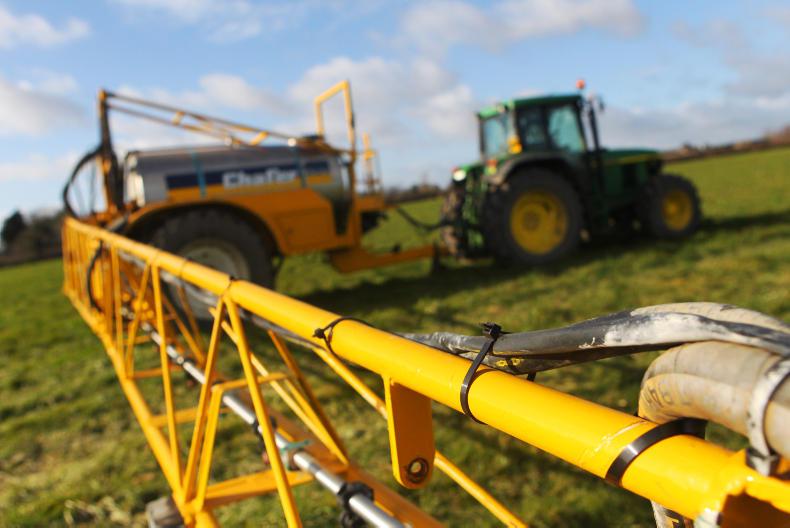Researchers at NUI Galway (NUIG) have carried out a study among the Irish adult population on non-occupational exposure to glyphosate, an active ingredient in chemical pesticides used to control weeds. This is the first study in Ireland analysing glyphosate exposures among this population and the results suggest low exposure, with one in five people showing detectable trace levels in their systems.
The NUIG researchers and collaborators from the Health and Safety Executive (HSE) in Great Britain measured glyphosate in urine samples provided by 50 Irish adults to estimate background levels of exposure. Environmental and dietary exposure to glyphosate can be determined by measuring levels in biological samples such as urine. Of the 50 samples analysed, 10 (20%) of the participants' samples had detectable trace levels of glyphosate.
The research was carried out by Michelle Leahy as part-completion of her MSc in occupational and environmental health and safety and by exposure science PhD student Alison Connolly.
The herbicide glyphosate is the active ingredient in over 750 products, including Roundup. It is the highest-volume herbicide used globally and is extensively applied in agriculture and horticulture to combat weeds. It is also widely sprayed in parks, public spaces, lawns, gardens and roadsides.
Dietary exposure through pesticide residues that remain on fruit, vegetables and grains after spraying, or home use of glyphosate-based pesticide products, are thought to be the most common exposure routes among the general population.
Read more
Current glyphosate levels pose no risk to human health - EFSA
Researchers at NUI Galway (NUIG) have carried out a study among the Irish adult population on non-occupational exposure to glyphosate, an active ingredient in chemical pesticides used to control weeds. This is the first study in Ireland analysing glyphosate exposures among this population and the results suggest low exposure, with one in five people showing detectable trace levels in their systems.
The NUIG researchers and collaborators from the Health and Safety Executive (HSE) in Great Britain measured glyphosate in urine samples provided by 50 Irish adults to estimate background levels of exposure. Environmental and dietary exposure to glyphosate can be determined by measuring levels in biological samples such as urine. Of the 50 samples analysed, 10 (20%) of the participants' samples had detectable trace levels of glyphosate.
The research was carried out by Michelle Leahy as part-completion of her MSc in occupational and environmental health and safety and by exposure science PhD student Alison Connolly.
The herbicide glyphosate is the active ingredient in over 750 products, including Roundup. It is the highest-volume herbicide used globally and is extensively applied in agriculture and horticulture to combat weeds. It is also widely sprayed in parks, public spaces, lawns, gardens and roadsides.
Dietary exposure through pesticide residues that remain on fruit, vegetables and grains after spraying, or home use of glyphosate-based pesticide products, are thought to be the most common exposure routes among the general population.
Read more
Current glyphosate levels pose no risk to human health - EFSA






 This is a subscriber-only article
This is a subscriber-only article










SHARING OPTIONS: